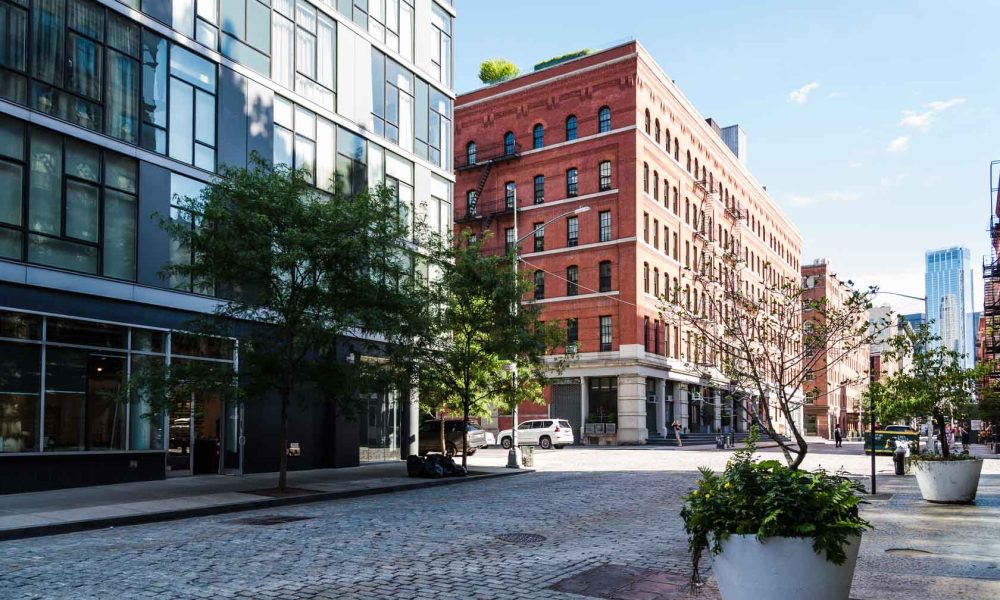The assisted living industry has been growing in recent years as the population ages. However, the COVID-19 pandemic has limited the ability to conduct in-person tours. This has led many facilities to embrace virtual tours as an alternative. 360° Virtual Tours provide a comprehensive view of the facility, allowing prospective residents and their families to view every aspect of the building and its amenities.
Assisted Living Facilities Turn to 360° Virtual Tours
Projects
As the demand for assisted living facilities increases, so does the need for innovative ways to showcase them. 360° Virtual Tours have emerged as a popular way to allow potential residents and their families to tour the facility without leaving their homes. This case study will examine the use of 360° Virtual Tours for assisted living facilities.

Challenge
Solution
One assisted living facility that has adopted 360° Virtual Tours is Heritage Assisted Living. Before the pandemic, Heritage Assisted Living relied on in-person tours to attract new residents. When the pandemic hit, they were forced to look for alternative ways to showcase their facility. They turned to 360° Virtual Tours.
Heritage Assisted Living partnered with a local marketing company to create the virtual tour. The company used a 360° camera to take photos of every room in the facility. They then used virtual tour software to create a comprehensive 360° Virtual Tour of the facility. The tour included the dining room, activity center, outdoor areas, and resident rooms.
Heritage Assisted Living placed the virtual tour on their website and social media channels. They also shared the tour with potential residents and their families via email. The response to the virtual tour was overwhelmingly positive. Prospective residents and their families were impressed with the level of detail in the tour. They were able to see every aspect of the facility, from the dining room to the outdoor areas.
The virtual tour has also helped to increase occupancy rates at Heritage Assisted Living. Since adding the tour to their website, they have seen a 20% increase in inquiries about their facility. The virtual tour has also helped to reduce the number of in-person tours needed. This has reduced the risk of exposure to COVID-19 for both staff and residents.
The Results
The use of 360° Virtual Tours has proven to be a valuable tool for assisted living facilities. Heritage Assisted Living is just one example of how these tours can help to attract new residents and increase occupancy rates. As the pandemic continues, it is likely that more facilities will turn to virtual tours as a way to showcase their facilities. Virtual tours are a safe and effective way to showcase assisted living facilities and provide peace of mind to prospective residents and their families.


